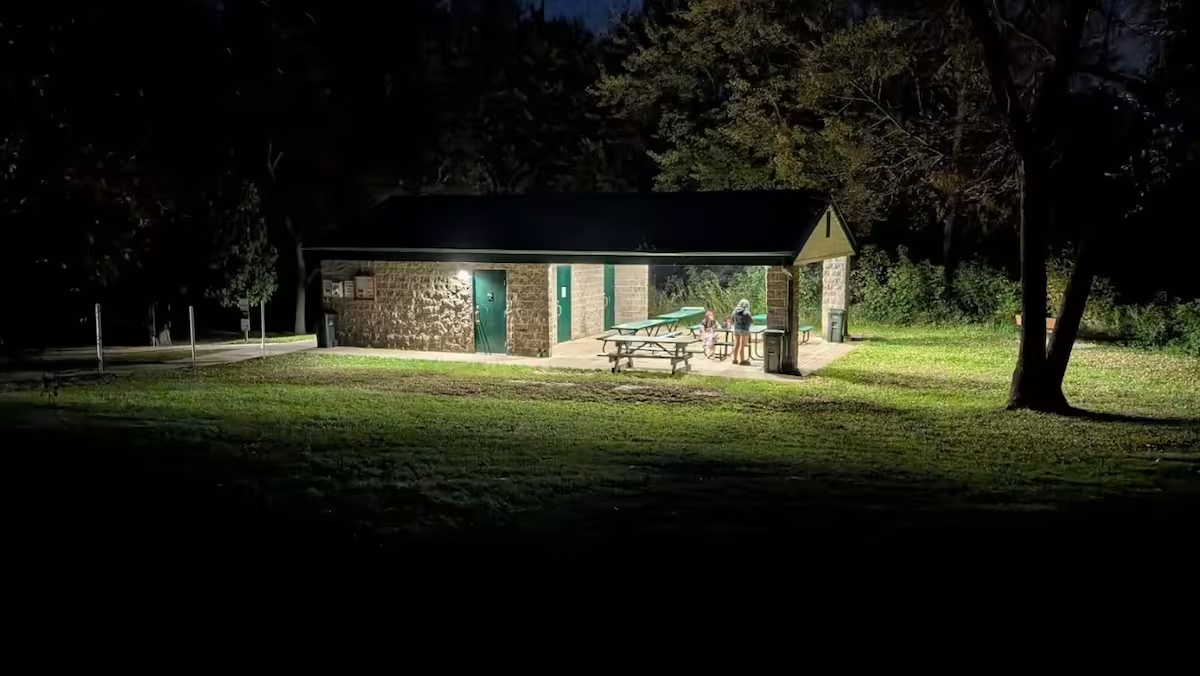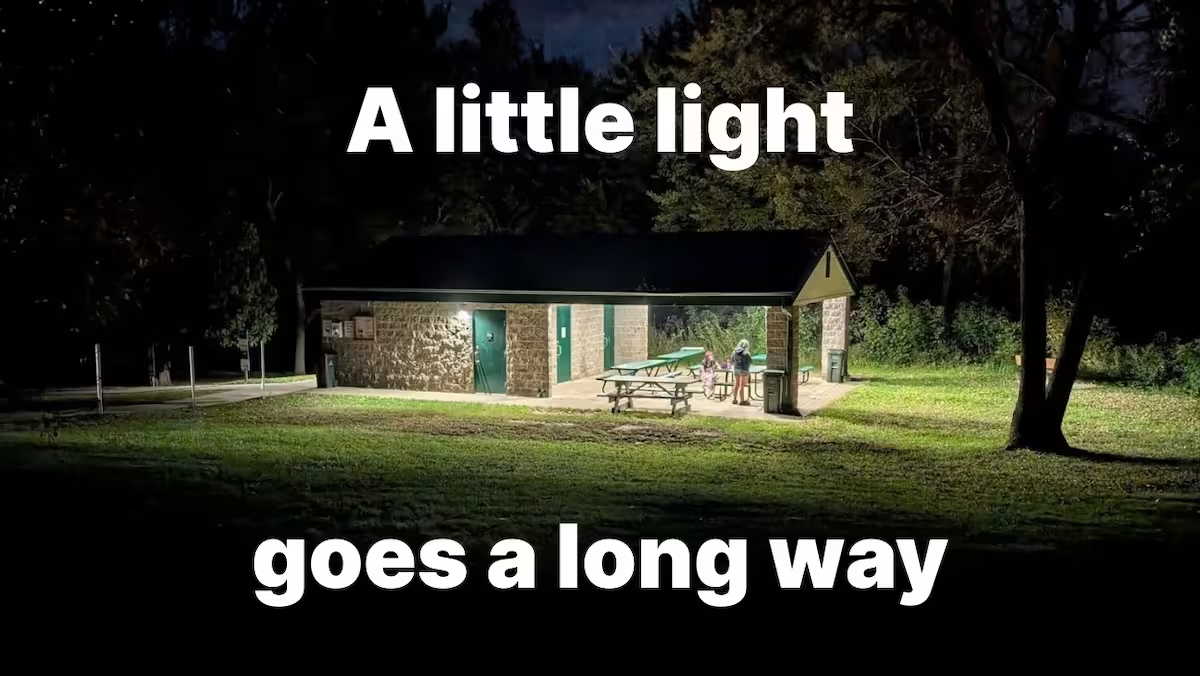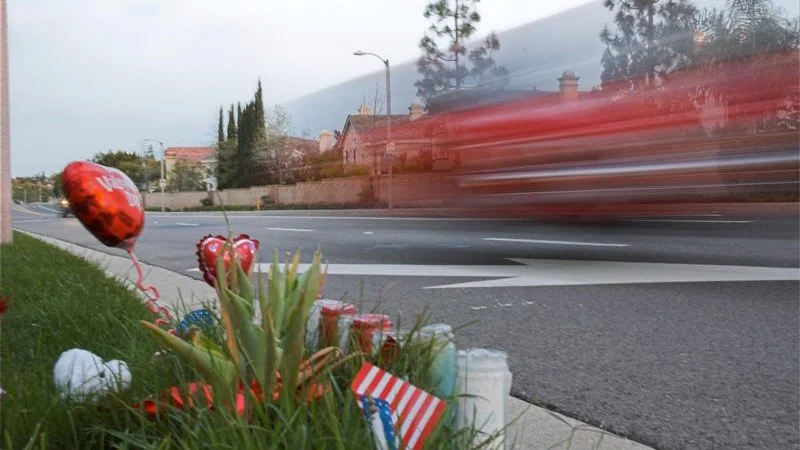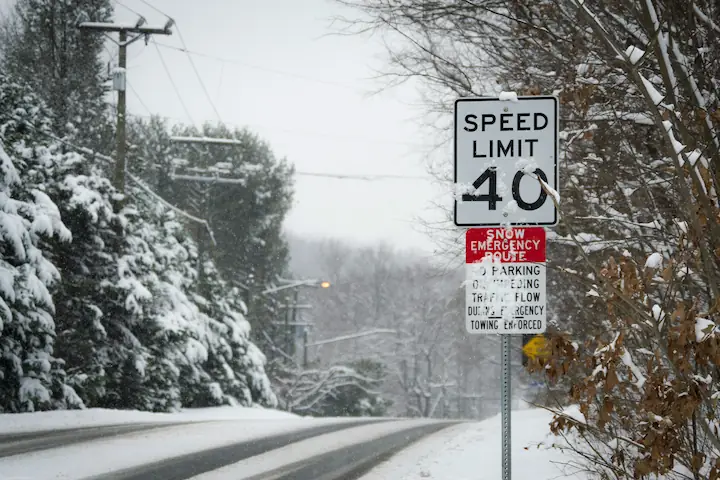Editor's Note: The challenges our cities face are growing, but so is the strength of this movement. Every story we share, every idea we spread, and every tool we build exists because people like you are committed to showing up. Your membership isn’t passive—it’s the momentum that makes change possible.
Most nights, after dinner, I take the dog for a walk. Gryffindor and I make a slow loop through Gregory Park, a few blocks from my house, a routine I’ve done so many times that I hardly think about it. In the summer, it’s often still light when we head out. The park is full of kids, bikers, and people playing pickleball. But in the winter, it’s a different world. The sun is gone before five, the air is sharp, and the park feels both peaceful and exposed with the leaves gone.
Most of us can look at a painting and recognize greatness. Few of us, including myself, can explain exactly why a Leonardo da Vinci looks so astounding, but we all know that it does. When it comes to cities, however, I’m cursed with noticing all the little details, the things that, for other people, fade into the background and become part of an overall impression.
One of these small details is the lighting around one of the park buildings in my favorite local park.
It’s funny how something as ordinary as a light fixture can completely change the way a place feels. The difference between welcoming and uneasy, between safe and suspicious, often comes down to how light and shadow are arranged. Most people don’t consciously think about that when they walk through a park at night, but they feel it. I feel it too, especially in winter, when the dark comes early and the cold sharpens every sense.
Gregory Park is horribly lit. It’s an annoyance I’ve had to learn to live with, a small irritation that, combined with other unforced errors, turns what should be a great park into something oddly dreary and anemic.
A few years ago, the city tore down the old warming house. It was a charming little building, the kind of place that made you feel like winter was something to celebrate. It wasn’t perfect — aging, inefficient, probably a nightmare to maintain — but it had character. In its place, they built what looks like a spec house: a plain, boxy, vinyl-sided structure that could just as easily sit at the edge of a new subdivision. There’s nothing inherently offensive about it, just nothing lovable either. It’s the kind of building that feels like a placeholder for something better that never came.
On one end is a restroom, on the other a covered picnic area with metal tables, and in between is the warming house for the skating rink, a big deal here in Minnesota, where the rink is the neighborhood’s winter heart.
The lighting, though, is all wrong. The fixtures are mounted high and blast outward, flooding the park with glare. They light up the grass, the trees, the eyes of anyone walking through. They do everything except light the places where people actually are. The picnic shelter, tucked beneath the roof, is left in near total shadow. From the path, you can’t see who’s in there. The contrast between blinding brightness and deep darkness makes your eyes struggle to adjust. It’s disorienting and vaguely threatening, like walking past a car with its brights on while someone watches from inside.

My dog doesn’t mind, but I think of my wife walking here alone, and I hate it. The glare makes you feel exposed, and the darkness makes you feel uncertain. People sit back in that shadowed shelter — sometimes teenagers, sometimes people passing through, sometimes no one at all — and you can’t tell until you’re right there. The city’s attempt at “security lighting” has managed to make the place feel unsafe.
A few weeks ago, my wife and I took a longer walk that brought us over to Kiwanis Park. It’s across town, and I hadn’t been there at night before. The building there is essentially the same — same layout, same materials, minus the warming house — but the lighting was completely different.
Instead of glaring floodlights, the fixtures were shielded and directed downward. The light fell softly, illuminating the building itself and the immediate area without bleeding into the trees or the sky. The restrooms were bright enough to feel safe, but not harsh. And the picnic shelter — where the Gregory Park one disappears into darkness — was evenly lit, a little harsh but at least not in deep shadow. You could see who was sitting there, what they were doing, and there were no surprises as you approached.
The difference was striking. Same building. Same purpose. But in Kiwanis Park, the place felt cared for. It felt safe. It was still over-lit, but also thoughtfully lit. The light there came closer to respecting the human experience.
That small difference in design completely changed how the park felt. Gregory Park’s building projects suspicion: floodlights, cameras, blind spots. Kiwanis Park’s building projects calm: good sightlines, balanced light, the sense that you’re welcome to pass through.
The difference between those two parks isn’t funding or policy. It’s awareness. It’s someone thinking through how light interacts with people instead of how it interacts with property.
Cities are often obsessed with the big things — budgets, master plans, capital projects — but the prosperity of a city depends on the small things. The way a building meets the street. The way light falls on a bench. The way a park feels after dark. Those details shape whether people feel safe, whether they linger, whether they come back.

We like to say that great cities aren’t built all at once. They emerge through countless small decisions, made by people who care. The same is true for bad ones. Gregory Park’s lighting isn’t evil or intentional; it’s just careless. And carelessness, repeated enough times, is how a place loses its soul.
No city will ever have the budget to get everything right, but we don’t need perfection. We just need to pay attention. What separates a place that feels safe from one that feels tense, a place that people love from one they tolerate, isn’t measured in lumens or cost per fixture. It’s measured in care, in whether someone, at some point, thought about the people who would walk through the light.





